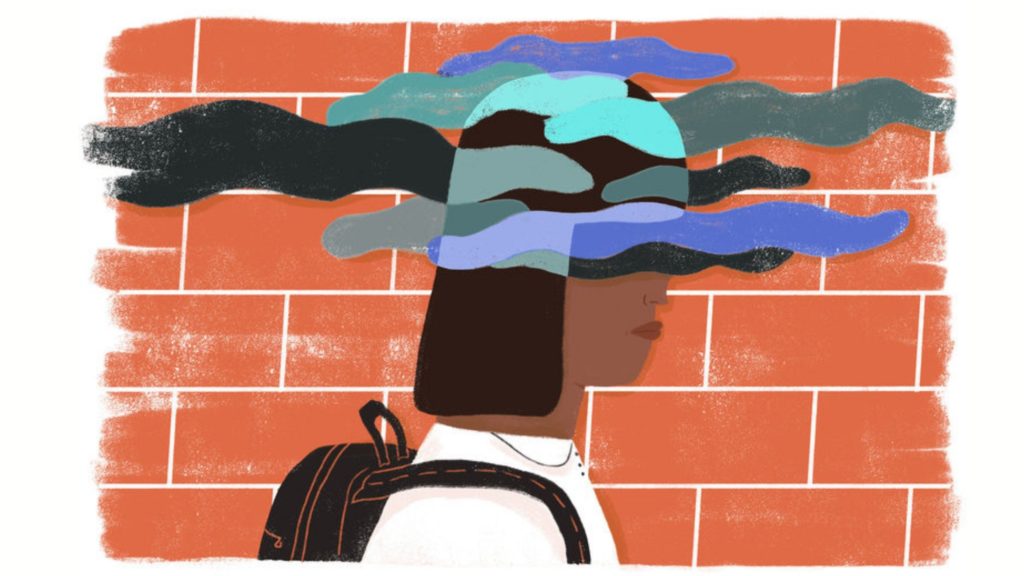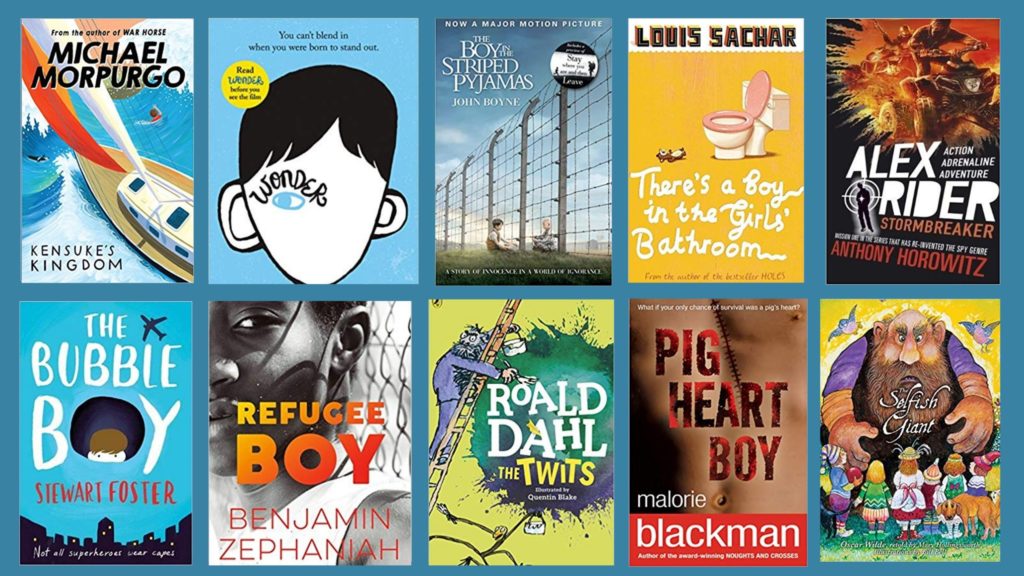Six ways to support anxious students

There are many ways that student fear, worry and anxiety can be managed within the classroom and at school. What is most important though, is finding what works best for the individual child.
The best place to start is always asking the child what helps to make them feel more relaxed and comfortable and then using that as a starting point.
Here are some suggestions of what you can do to help make anxious students feel more comfortable in class:
1. Talk to the child
But don’t force them to open up about their feelings if they don’t feel comfortable. Just let them know you are there for them if they ever need to chat. Or, allow them time to chat with their friends, school counsellors or someone else they trust.
2. Talk to their parents or carers
One of the most important things as a teacher is understanding a child, and who better to help you with this than their parents or carers. Honest and open discussions are paramount to the success of a child in the classroom. Ask them questions, share what you’ve noticed, and ensure they know you are here to help their child, not to make things harder for them.

3. Have a code word or special signal
Something that a child can use when they feel anxious or worried. It may be something only the child, you, and their close friend/s know about.
4. Encourage movement and being active
Physical activity can help burn energy and the adrenaline created by anxiety. Running around at play times, rocking or swaying, swinging their legs under a chair in class, or performing through singing and dancing, can help release this energy. Repetitive actions can also help to calm an anxious child.

5. Expressing themselves through the written word
Letter writing, story writing or writing poetry, can also help children gather their thoughts.
6. Allowing an anxious child to have some ‘time out’
They may have a certain space in the classroom where they can sit and just be, or they may be able to sit and do an activity that helps calm them. Older students may be able to go for a walk around the school to breathe in fresh air and refocus. Younger students may be able to do this accompanied by a staff member such as a teacher aide.
Anxiety in children can be both triggered, and managed, in a variety of ways. The key to helping children successfully manage their anxiety in the classroom is to understand what works best for that child. Honest and open dialogues between parents, children and the teacher are so important.
We need to respect each child’s differences and provide opportunities for them to learn in a way that makes them feel most comfortable.








Responses